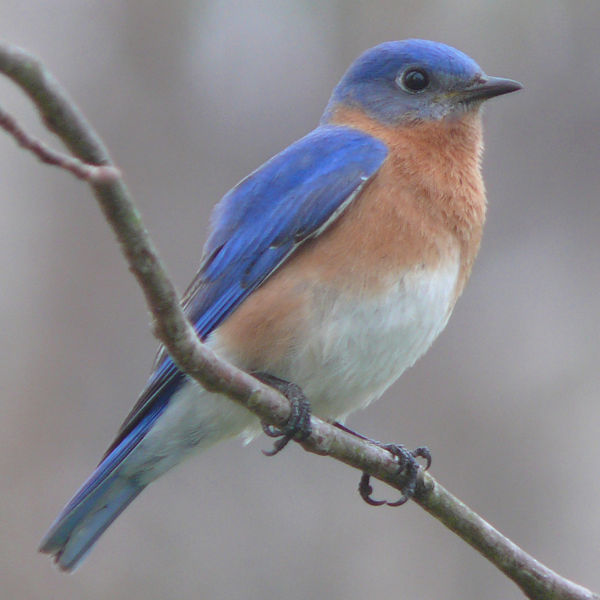Activities
![]() Frayer Model Birds - doc. | pdf
Frayer Model Birds - doc. | pdf
![]() Nest Box Log ele/ms/hs
Nest Box Log ele/ms/hs
![]() Life Cycles ele/ms
Life Cycles ele/ms
![]() Scientific Thinking ele/ms/hs
Scientific Thinking ele/ms/hs
Other Nestbox residents:
Food Web Relationships
![]() 1. Read - Food Chains and Webs | Watch - Food Web Brain Pop
1. Read - Food Chains and Webs | Watch - Food Web Brain Pop
Helpful resources: Ecology | Ecology and food webs in wetlands
The Balance of Nature - Food Webs |
Open a word processing document. Enter the questions and your answers.
Save after each answer.
1. What is a food web?
What is a food chain?
![]() 2. Use a Table to examine the species that may interact with bluebirds in their food web. (Enter down the first column)
2. Use a Table to examine the species that may interact with bluebirds in their food web. (Enter down the first column)
Across the first row enter: Producers, Primary Consumers, Secondary Consumers, Herbivores, Carnivores, Omnivores, Predators, Prey
Place a plus sign + in the cells that apply to each organism.
Place a minus sign - in the cells that do not apply to each organism.
Tabulate the results. What do you find?
![]() Review Food Web at Cayuga Lake
Review Food Web at Cayuga Lake
Diagram a food web that includes bluebirds. Show the flow of energy.
(You do not have to draw pictures of organisms. You may use public domian clip art.
Or type the names and draw the arrows using the draw arrow tool.)
Learn more:
Thinking eco-logically and the food web of the bluebird
Who's Eating Who - adapt to bluebirds in grassy meadow habitat.
A Study Of Bluebird Management
Handbook of Biological Statistics! online textbook
BirdSleuth: Investigating Evidence - free materials from Cornell University
Photo is public domain
![]() Save a tree - use a digital answer format - Highlight the text. Copy it. Paste it in a word processing document. Save the document in your folder. Answer on the word processing document in a contrasting color (not yellow) or font (avoid
Save a tree - use a digital answer format - Highlight the text. Copy it. Paste it in a word processing document. Save the document in your folder. Answer on the word processing document in a contrasting color (not yellow) or font (avoid ![]() ,
, ![]()
![]() or other ornate artistic fonts). Save frequently as you work. Proof your responses. It is funny how speling errors and typeos sneak in to the bets work.
or other ornate artistic fonts). Save frequently as you work. Proof your responses. It is funny how speling errors and typeos sneak in to the bets work. ![]()
Nature / Internet Hunts / Pennsylvania Projects / Puzzles and Projects / Computers / Mrs. O's House / Site Map
Cindy O'Hora, Posted February 2/2009 Contact: ![]()
This work is licensed under a Creative Commons Attribution-NonCommercial 2.5 License.
